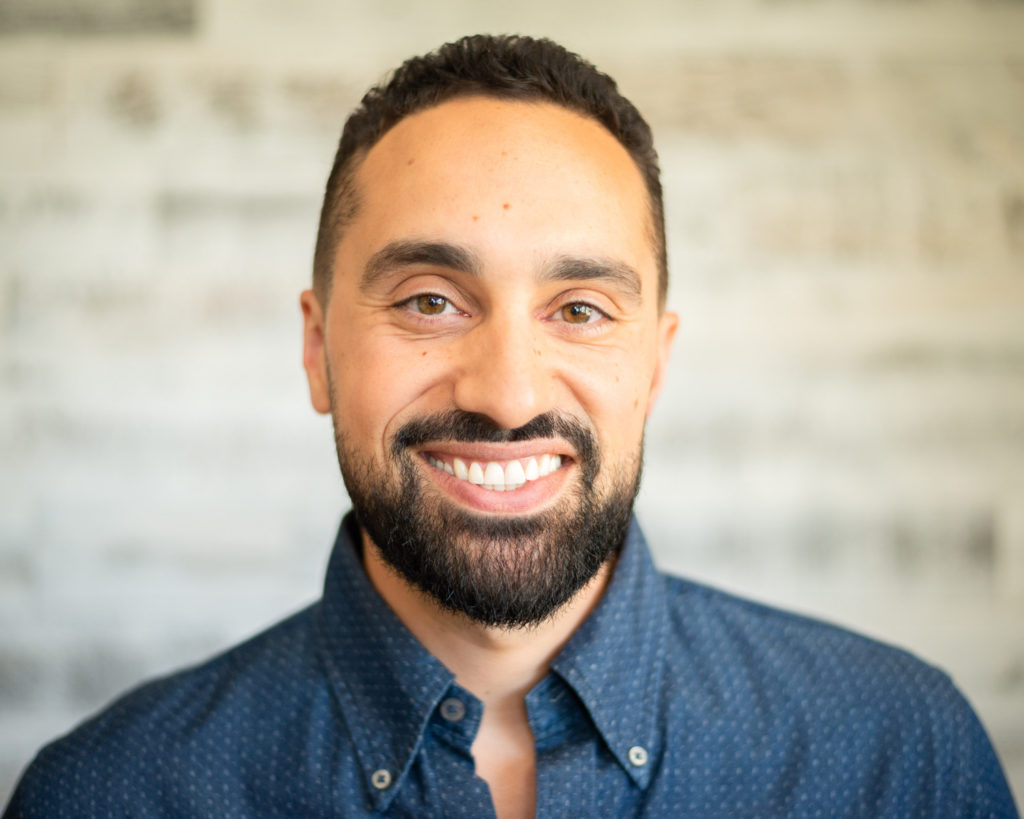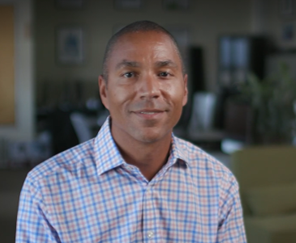I think a lot of people in my generation want to feel that sense of, “I’m part of a movement. I’m part of something significant. It’s bigger than just me and it has the potential to shift some of these big social problems.”
Justin Steele, donor, SFF trustee and Google.org Director of Americas
At SFF, our partnership with future generations of donors has helped us welcome new ideas and helped sustain our organization for 75 years. David Friedman, grandson of SFF co-founder Daniel E. Koshland Sr., has watched his own children contribute to the foundation. “There is this legacy [at SFF] of working with multiple generations and doing it so that it’s not family philanthropy, but it’s building philanthropists into the future,” Friedman says. For him, SFF’s desire to be multigenerational has allowed his children to develop their own type of philanthropy—one that his family can learn from. “We want them to find their own way,” he says, “and their own path.”
To better understand how today’s generation of donors is charting its own course, we sat down with SFF donors Justin Steele, Tania Lee and Andy Ballard and asked: “Why does this generation give?” “What’s at stake?” and “How can we continue to focus on the future?”
A Sense of Belonging
Did You Know?
In 2015, in partnership with an anonymous donor, we announced a $34-million investment in Oakland, which included grants to equity-focused organizations including the Center for Employment Opportunities and the Hidden Genius Project.
SFF trustee and Google.org Director of Americas Justin Steele first encountered our work while moderating a panel at SOCAP, a conference that promotes just and sustainable economies. The panel included SFF CEO Fred Blackwell, who spoke about place-based philanthropy. “I just remember thinking, ‘I thought community foundations were a little bit old and stuffy and kind of institutional, and this guy is anything but those things,’” Steele says. For him, our values—coupled with Fred’s ambitions—felt “quite bold.”
Today’s donors crave that kind of purpose. As Steele says, “That desire to belong to something, to be part of the group, and an opportunity … to sort of signal to your network and to the public that you’re behind the goals and in solidarity with the mission and vision of something like the San Francisco Foundation is important.”
For younger generations, Steele says, old-school models just aren’t as compelling. People are less motivated to give out of obligation. Instead, they want to be part of a community, a place where they are involved in something bigger than themselves. That means making a social impact while being actively engaged in social movements. “To the extent that the foundation can be a conduit for that, I think, could be really compelling,” Steele says.
Members of younger generations want that impact to be measurable. Donors want to know whether or not we’re moving the needle on today’s big issues. Resources like our Bay Area Equity Atlas bring real data to the table and ensure that the work we do is backed by metrics.
A Thought Leader on Racial Equity
For donors like Tania Lee, turning to SFF was “an obvious choice” when it came to opening her family’s donor advised fund because of the many ways in which our values aligned with her family’s priorities, particularly when it comes to affordable housing, policy advocacy and racial equity.
When Lee’s father, San Francisco Mayor Ed Lee, died in 2017, community members throughout the region showed an outpouring of support by donating to the family’s fund at SFF. Having grown up in public housing and served as a housing rights attorney, Mayor Lee was a longtime advocate of public housing policies and projects in the Bay Area, including our initiative HOPE SF. “We want to continue working with SFF to continue [our father’s] legacy of commitment to not only affordable housing, but housing that is accessible and safe and inclusive and diverse,” Tania says. “If other donors can invest in anything in the Bay Area, housing definitely is a top priority.”
Because It’s Our Home
Donor and former SFF Board Chair Andy Ballard says his family’s partnership with the foundation is a natural extension of his life in the Bay Area. “We just believe that this is where we live, this is where we’re raising our kids. … We hope to be [here] for a long time and [have] a belief that if we’re going to be here, we have to find a way to contribute,” Ballard says.
Ballard says that financial contributions to SFF will ensure that systemic and policy change will continue well into the future. “There’s generations and generations of people that have lived in the Bay Area that are facing sometimes what seem like intractable problems,” he adds. “And only by inserting activity into that cycle can you break those intractable problems. … We have to work together to get that done.”
Lee shares that sleeves-rolled-up mentality when it comes to her family’s philanthropy and her vision for an inclusive Bay Area. “I’d love to see the Bay Area as a place known for its inclusivity, its diversity, its affordability,” she says, “but also for being vibrant and innovative because of the ways that people show up and care for each other.”



